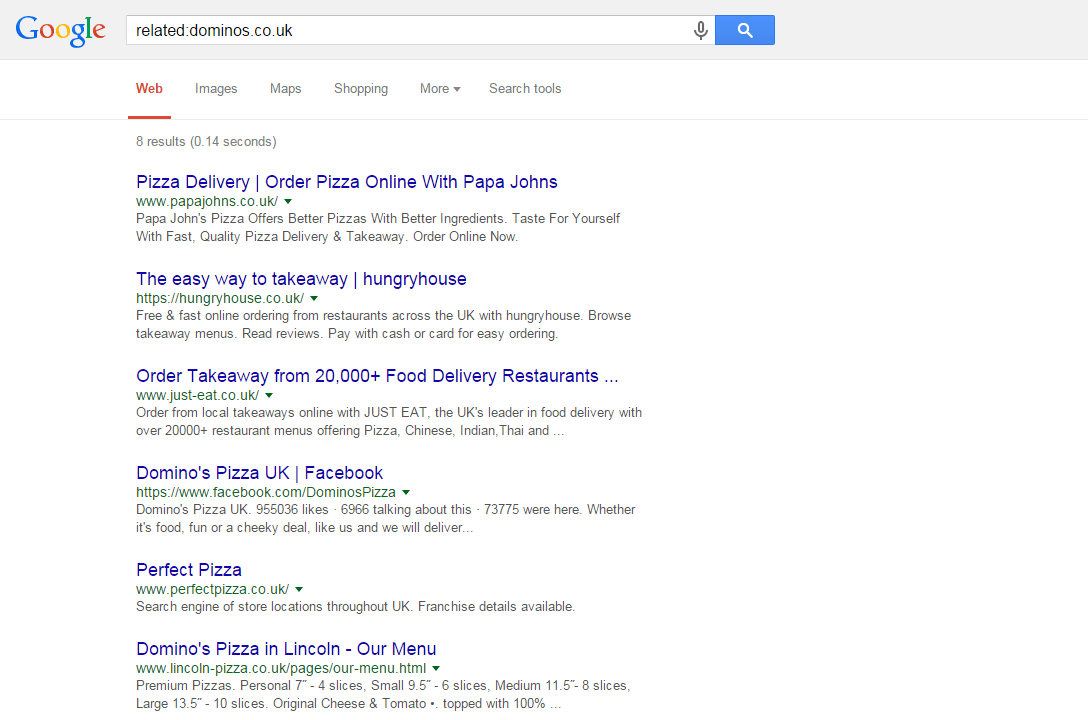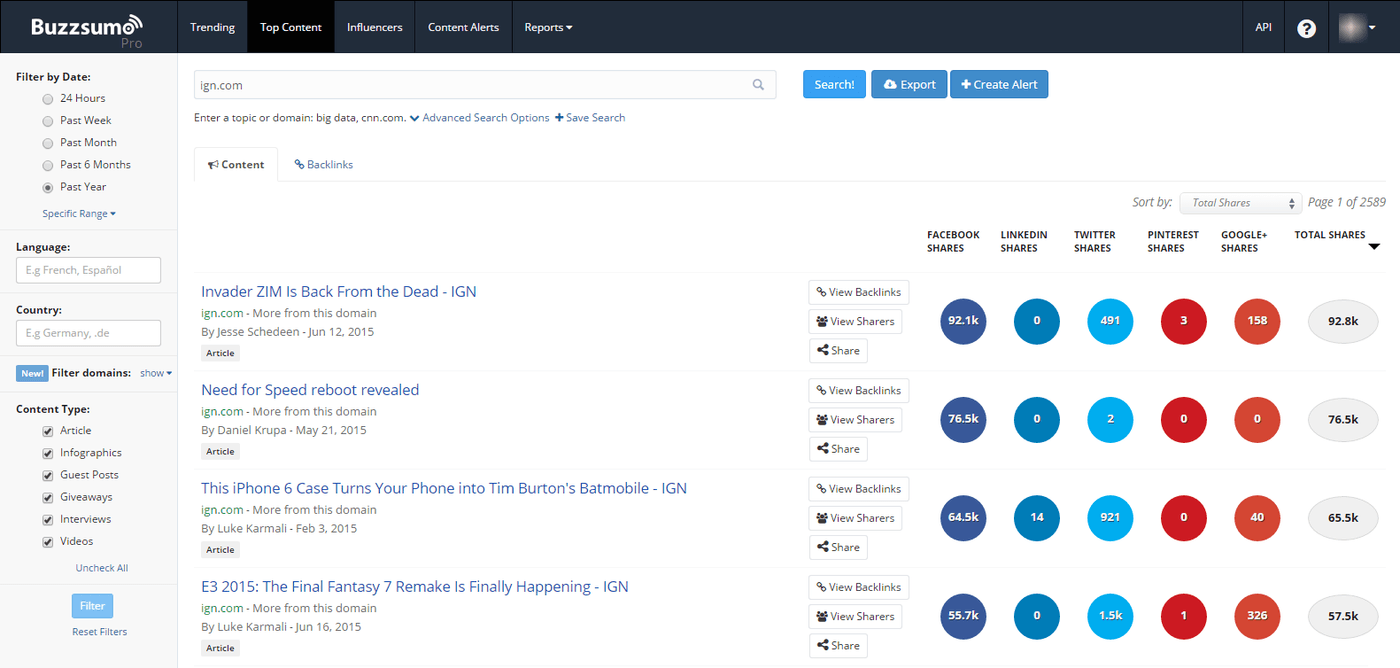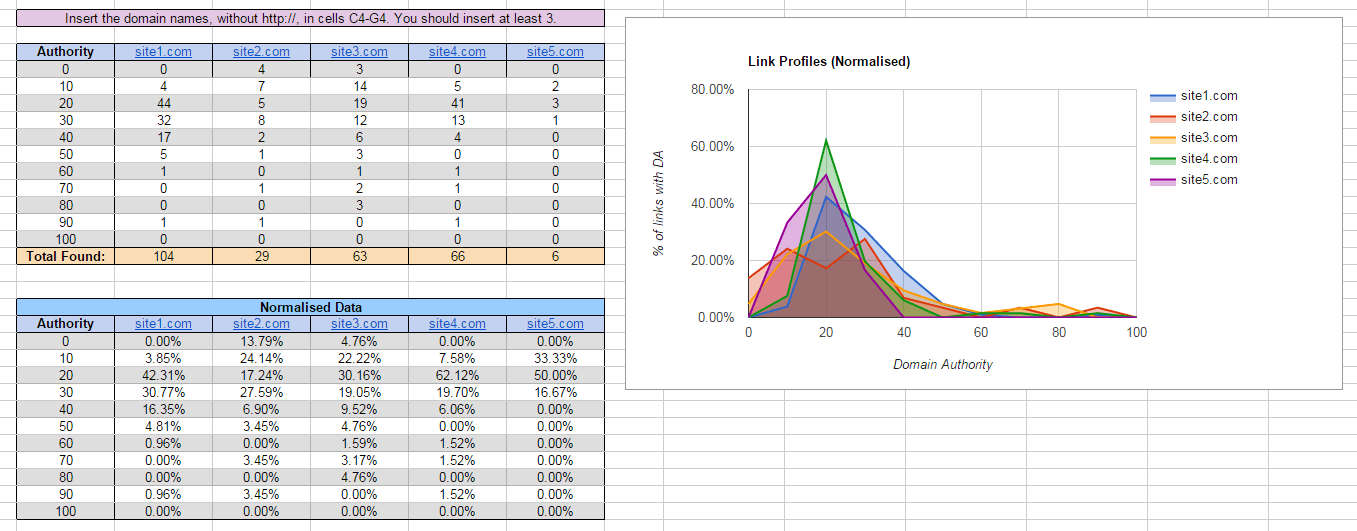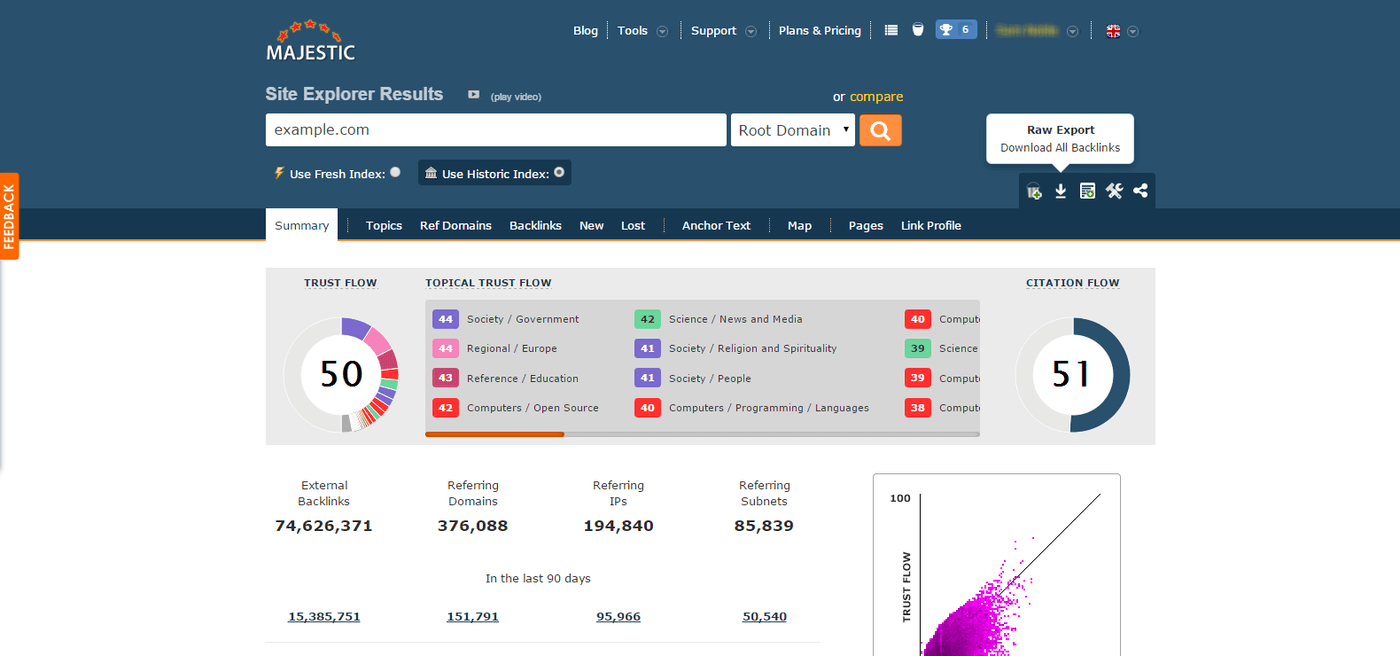Link building today means something very different to a few years back. There was a time when buying hundreds or thousands of links from spammy link directories would deliver results in the form of search engine rankings. Not any more.
Link building in the modern world of SEO is much more quality over quantity, and finding quality link building opportunities can be difficult and time consuming. However, by spending some time researching your competitors, you can identify strong opportunities and gain a competitive edge.
In this post I’ve explored four elements of competitor research and analysis that will help you understand what is working well for your competitors and what you could also leverage for your own site. I’ve provided some really useful tools and explained how you can use them to gain valuable insight.
Firstly, who actually are your search competitors?
Most companies have a good idea of who their main competitors are both online and offline. However it’s important to consider that your search competitors may not be the same as your offline competitors. You need to be aware of what sites Google deems to be a competitor of yours, because it’s those sites you need to gain an edge against through link building.
The most common way to establish who your search competitors are is to simply search for some of your important keywords and see which websites rank above and around you in the Search Engine Results pages (SERPs). This is useful because ultimately they are the sites that you want to climb above for valuable keyword searches.
However, if this is the only way you find competitors, you will likely miss some of the sites who may not be ranking as well yet but who provide a similar product range or service to you and could be a strong competitor in the future. What you really want to find out is what sites Google deems to be similar to yours, and you can do this with a “related:” search operator:

This search returns a list of sites that Google has identified as being “related” to the site, which is a fantastic way to identify competitors you may not have thought about.
When carrying out competitive research, the more competitors you review, the better the information you will find and the more ideas you will generate for your link building or content strategies.
What pieces of Content Marketing have worked well for them?
Earning links through quality content is one of the most effective link building techniques in today’s SEO climate. Understanding what your competitors are doing well is a great way to build on your own content strategy.
One useful metric for measuring the success of a piece of content marketing is how much it is shared. Of course, traffic and conversions from content can be more useful (depending on the goals of the specific piece of content) but this information isn’t available to anyone without access to the website analytics platform. Social shares, however, are publicly visible, making it a great way to analyse your competitors’ best-performing content.
One really useful tool for this is the Top Content tool from BuzzSumo, where you can enter a domain and instantly see the pages which were most shared across the main social platforms:

By looking at the most shared content on your competitors’ sites or blogs, you can generate some ideas for what could work well for your own. For example, you might find that list posts such as “Top 10 Ways…” work particularly well, which gives you some reassurance that similar structures could work well for you too.
Or perhaps their best performing content relates to current events or news, suggesting that you too may be able to benefit by jumping on board with something current and relevant, known as “news jacking”.
You can use filters to show the most shared content in a set period of time, in a certain language or country, or even of a certain type such as articles, infographics and videos.
BuzzSumo is a powerful tool for competitor analysis so it’s well worth having a play to see what ideas you can generate for your own website or blog.
How authoritative are their backlinks?
It’s important to understand the competition in terms of link quality, to get an understanding of the link climate in your industry. For example, if your competitors have very strong link profiles with lots of high quality links, you need to do the same to compete. On the other hand, if many of your competitors have fewer quality links, you know you can gain a competitive edge by earning trusted links of your own.
One useful tool for analysing backlink profiles by linking domain authority is Tom Anthony’s Link Profile Tool. This is a simple but powerful Google spreadsheet which allows you to input link data and see a normalised view of you and your competitors’ link profiles by Domain Authority (DA).

To use the tool, you need to export linking domain data from Moz’ Open Site Explorer and import it into the spreadsheet. You can then see your link profile and those of your competitors plotted on a graph by the percentage of linking domains of varying Domain Authority.
If one or more of your competitors have more strong links than you (more of higher DA) then you know you have some work to do to catch up. You can then look at their backlinks in more detail to spot the high quality ones and see if there’s a way you too could get links from the quality domains (more on that next).
Tom has put together a guide on how to use the tool here.
Where are they getting their strongest links?
If you can identify your competitors’’ strongest backlinks, you may be able to identify sites that you too can build a relationship with and earn links from.
A great tool for doing this is Majestic Site Explorer, where you can export a list of any site’s backlinks that are included within the massive Majestic index.

Start by running your competitor’s domain through the tool and you will get a whole host of data on their link profile, including a useful chart that plots the Trust Flow and Citation Flow of their referring domains.
Next, download a raw export of all of their links. This file will be compressed, so you will need to unzip the file using an unpacking software package such as 7-Zip.
Once you have unzipped the file, you will have a CSV that you can open in Excel which includes all of the backlinks the tool found. This could be a very large file depending on the size of the link profile.
If you add filters and sort the data by “Source Trust Flow” high-to-low and you will see your competitors “best” links in terms of the trust of the linking domain. You can then look through and see if any of their strongest links are from sites that might be prepared to link to you too.
It’s important to note that a high Trust Flow doesn’t necessarily mean it’s a strong or natural link, so manual review of the sites and the link is important. If it looks spammy or unnatural, it isn’t a valuable link even if the site has a high Trust Flow.
Some good things to look out for when you’re reviewing your competitors high trust links include:
- Quality guest posts where you too could build a relationship with the site or blogger and provide a piece of content on a relevant topic.
- Shares of infographics or other content, where the linking site might also be likely to share a piece of your content if you carry out professional outreach.
- Niche industry business listing sites that you aren’t yet included on.
- Media publishers that have shared news content, which might be receptive to publishing a news or content piece of yours.
Looking for more?
The tips and tools in this post should help you get started with a comprehensive competitor analysis which will in turn give you invaluable data to shape your own campaigns.
If you’d like more advice on effective link building and comprehensive competitor analysis please feel free to get in touch with us today or leave a comment below.


Leave a Reply